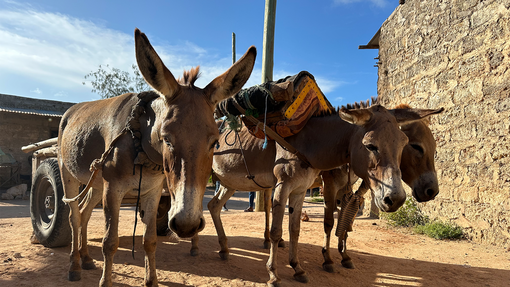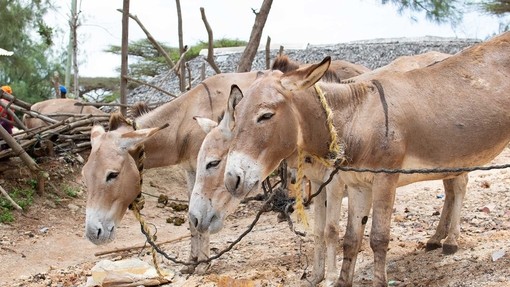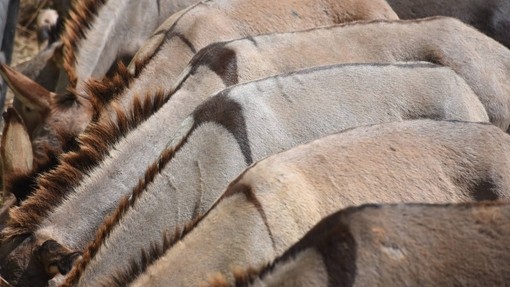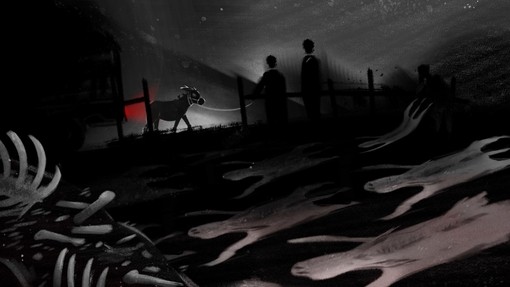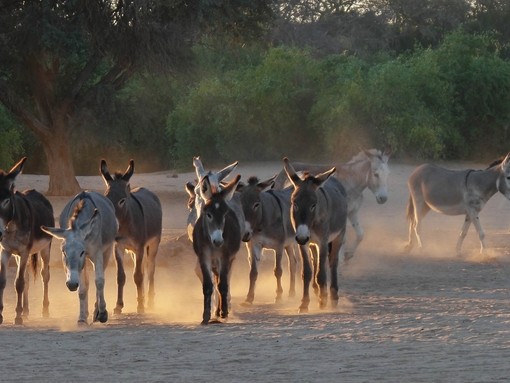
Our research findings
A coalition of concerned groups are meeting in Windhoek to consider how best to raise awareness about the issue and to protect Namibia’s working donkeys from the trade. The SPCA Windhoek and NSPCA will be joined by The Donkey Sanctuary, which is spearheading international efforts to halt the trade.
Submissions closed on 31 August for a public consultation on a new donkey abattoir in Outjo that would aim to process 70 donkeys per day. In its submission summary, The Donkey Sanctuary “calls on Namibia to learn from the lessons from across Africa and the world. Namibia must urgently carry out a full, countrywide research process covering all elements raised in this letter before considering legitimising a trade that has been shown to be so devastating to people, animals and the environment”.
UN data (FAOSTAT) showed that Namibia’s donkey population was 159,028 in 2014. While this may not be completely accurate, harvesting as many as 70 donkeys per day for Outjo’s proposed abattoir, conservatively assuming 300 days of slaughter per year, means the donkey population could fall by 21,000 per year. With a second slaughterhouse under consideration in Okahandja with similar capacity (another 21,000 per year), the total number of donkeys passing through the abattoirs would be nearly one third of the current population every year.
The Donkib Cultural Group, which represents donkey-dependent communities in Namibia has issued a powerful plea to halt the approval of the abattoirs. In a statement, Abner Axel Xoagub, project manager at Donkib said: “Donkeys play a very crucial role in the lives of the poor and the farmers in the rural areas. They are the only means of transport – they take children to the schools, collect water, work the land, transport families to the towns and transport brides and grooms.
“Without donkeys, the communities will be dormant, stagnant and poor… we are appealing to the Namibian government and all stakeholders to halt the abattoirs and any plans to export donkey products, until we have conducted proper studies and put in place all the needed legal instruments and control measures before embarking on the above.
“We have been with people whose donkeys were stolen, or forcibly sold to middlemen involved in [the] donkey meat trade. Imagine if the abattoir and export markets open – what kind of a situation are we going to have?”
An investigation released last week by Oxpeckers Investigative Environmental Journalism detailed the concerns from the local community in Outjo regarding the proposed abattoir.
Along with concerns about low availability of donkeys locally and a lack of public consultation to discuss the issues, the residents feared that the abattoir, with a projected daily water consumption rate of 50 cubic metres, may worsen water shortages in a town that has an underground water supply capacity of only 12 cubic metres a day. The slaughter of a single donkey requires up to 2,500 litres of water, according to statistics from the Namibia Abattoirs Association.
Photograph courtesy of Knotig.
Copyright: All rights reserved.
Share this page
Tags
- News


